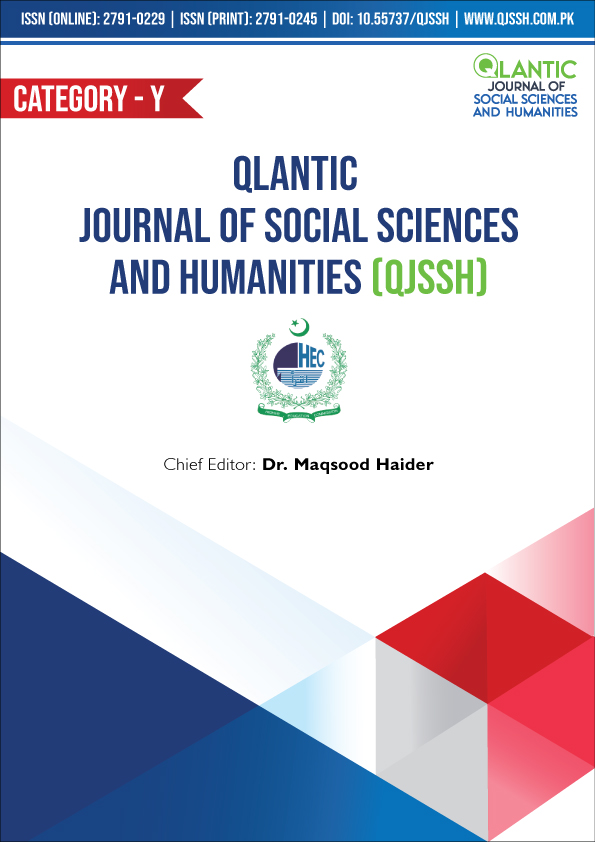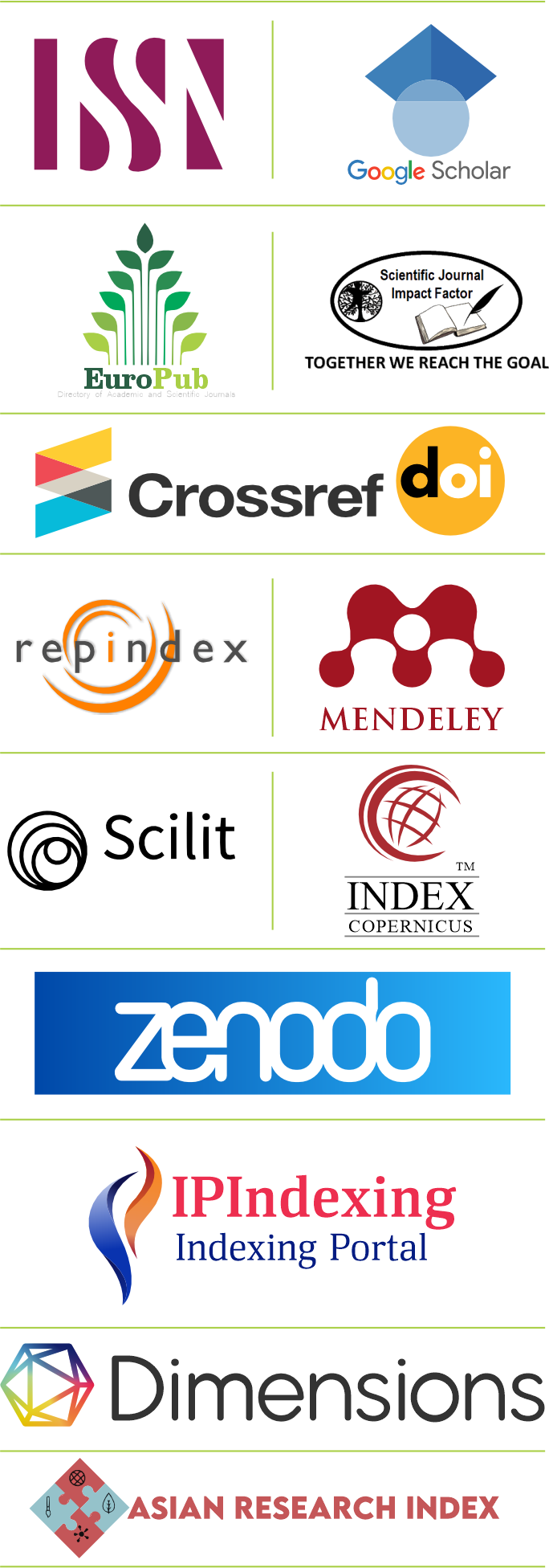Language, Social Class, and Power: A Critical Social Analysis (CSA) of English and Urdu Proverbs
DOI:
https://doi.org/10.55737/qjssh.vi-i.25313Keywords:
Proverbs, Ideology, Class, Language, Economy, CSAAbstract
Proverbs are expressions of wisdom, which serve as the representatives of cultural values and societal norms. They are loaded with cultural and religious connotations. The present research attempts to decode Urdu and English proverbs to lay bare underlying ideologies and power dynamics embedded in the selected proverbs The data for the study related to English and Urdu proverbs has been collected from the Oxford Dictionary of Proverbs by Jennifer Speake and Urdu Zarb-ul-Imsal by Nazeer Ahmad Tashna. It employs Fairclough’s (2012) Critical Social analysis (CSA) research design to analyze the data. This model deals with the concepts of language, power, and economy. It argues that in order to analyse language comprehensively one needs to know about Marxist and Normative critique of language. The Findings of the study reveal that the concept of positive representation of power and negative representation of powerless is a prominent feature of Urdu and English proverbs. The study contends that the concept of power is knowledge, and instead of knowledge, power is pliable through the proverbs. The concept of honor and power has mostly been associated with power. It finds that discourses are class-specific and highlight the existing order of a particular society.
References
Ahmad, N. ( 2018). Urdu Zarbul- Amsal. Maqbool Acadamy, Lahore, Pakistan.
Ali, K., Saleem, A., & Ullah, I. (2023). Paremiological Analysis of Proverbs in Pashto and English: A Cross-cultural Pragmatic Study. NUML Journal of Critical Inquiry, 21(I), 33–57. https://doi.org/10.52015/numljci.v21ii.245
Fairclough, N. (2012). Critical discourse analysis (2012). https://www.academia.edu/3791325/Critical_discourse_analysis_2012_
Guy, G. R. (1988). Language and social class. Linguistics: The Cambridge Survey, 3, 37–63. https://doi.org/10.1017/cbo9780511620577.004
Jawed, M., Memon, M., Ali, M., & Sidra Khan. (2022). “Frailty, Thy Name Is Women” Vs. “I Will Not Be Triumphed Over”: Representation Of Women In Urdu Proverbs. Webology, 19(3), 2022. https://www.webology.org/data-cms/articles/20220520115120amwebology%2019%20(3)%20-%2067%20pdf.pdf
Khan, L. A., & Awan, S. (2020, June 1). The Ethnography Of Speech: A Comparative Linguo-Cultural Analysis Of Punjabi And African Proverbs. https://www.researchgate.net/publication/344595342
Mac Coinnigh, M. (2015). Structural aspects of proverbs. Introduction to paremiology: A comprehensive guide to proverb studies, 112-132.
Mieder, Hrisztova-Gotthardt, H., & Aleksa Varga, M. (Eds.). (2015). Introduction to paremiology: A comprehensive guide to proverb studies. De Gruyter Open.28-44. https://www.degruyter.com/document/doi/10.2478/9783110410167.c/html
Nesbit, T. (2006). What’s the Matter with Social Class? Adult Education Quarterly, 56(3), 171–187. https://doi.org/10.1177/0741713605286173
Norrick, N. R. (2014). Subject area, terminology, proverb definitions, proverb features. Introduction to paremiology: A comprehensive guide to proverb studies, 7-27.
Philips, S. U. (1992). A marx-influenced approach to ideology and language. Pragmatics. Quarterly Publication of the International Pragmatics Association (IPrA), 2(3), 377–385. https://doi.org/10.1075/prag.2.3.05phi
Rasul, S. (2015). Gender and Power Relationships in the Language of Proverbs: Image of a Woman. FWU Journal of Social Sciences, 9(2), 53–62. http://www.sbbwu.edu.pk/journal/Jan%202016/6.Gender%20and%20Power%20Relationships%20in%20the%20Language%20of%20Proverbs.pdf
Yeganeh Dizajwar, F., & Karimi, T., F. (2024). Politics and Society in the Mirror of Proverbs. https://afagh.ihcs.ac.ir/article_9716_en.html
Zhao, W. (2012). An Analysis of Social Proverbs from the Perspective of Cultural Semiotics. Theory and Practice in Language Studies, 2(10). https://doi.org/10.4304/tpls.2.10.2073-2080
Downloads
Published
Issue
Section
License
Copyright (c) 2025 Zunaira Naseem, Dr. Muhammad Akbar Sajid, Ayesha Hameed

This work is licensed under a Creative Commons Attribution-NonCommercial 4.0 International License.





